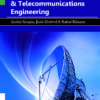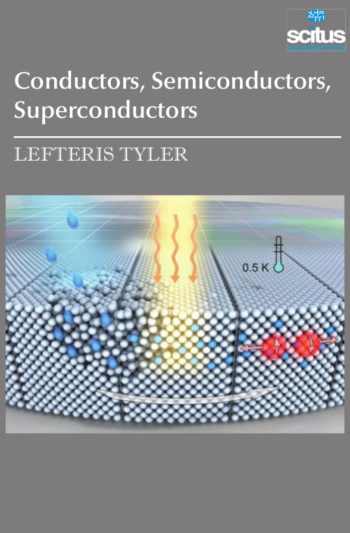Recent years have brought substantial developments in electrical drive technology, with the appearance of highly rated, very-high-speed power-electronic switches, combined with microcomputer control systems. Electrical drives efficiently convert electrical power into mechanical power. As factory automation, comfortable lifestyle and energy conservation are growing businesses, the number of drives produced worldwide keeps growing. The increased use of information technology and communication systems not only has created new markets for drives, e.g. disc drives but also enforces more electrical drives to be used in systems as actuators and mechatronic systems. Clearly, electrical drive technology represents growing markets, albeit less spectacular than recent IT and nanotechnologies, but has proven to be a robust market segment which has been affected less by speculation and global market fluctuations or crisis.
Electric Machines and Drives: Principles, Control, Modeling, and Simulation illustrates a general framework of multi-disciplinary design for electrical machines and drive systems including with coverage of power-electronic systems and new material on closed-loop control, in addition to thorough treatment of electrical machines.
This book reviews the present state of development of drive technology and probes into future application and technology trends. Several technology trends of the latest drives are being discussed. Control design and simulation is essential to assess stability, response performance of the drive or to optimize for specified design criteria. Clearly, control design can have a profound effect on inverter and machine efficiency, drive power density, EMI and acoustic noise. Design tools are becoming mature and will improve over the next decades.
Because of the multi-disciplinary nature, these design models and methods will be investigated at the disciplinary level, including electromagnetic, thermal, mechanical, power electronics, and control algorithm designs. Several design examples will be presented to illustrate the corresponding design models and methods based on research findings, such as the finite element model for design analysis of motors, and the model predictive control algorithm and its improvement form for the drive systems.
Drive technology is an exciting field of research and development for any young engineer: the more the world moves to automation, computer control, productivity improvements and improvement of the environment and life style, the more electrical energy needs to be converted to mechanical and vice versa.













